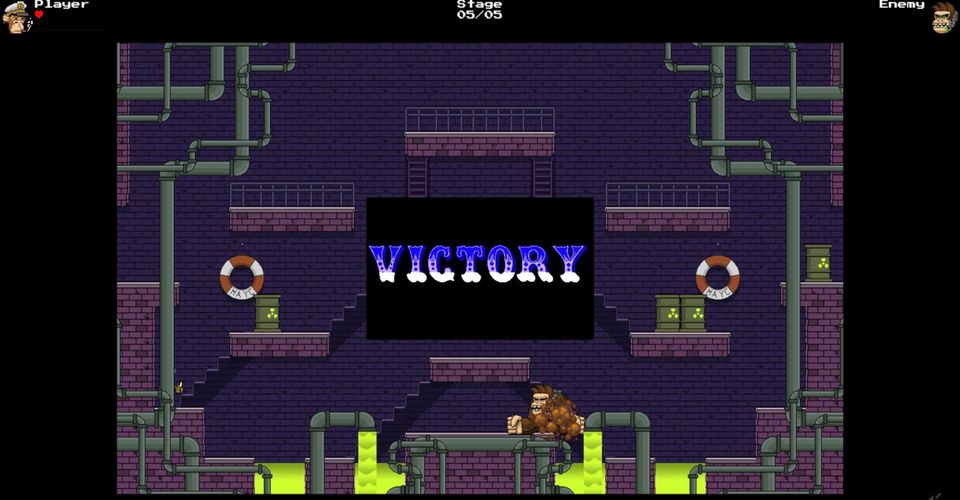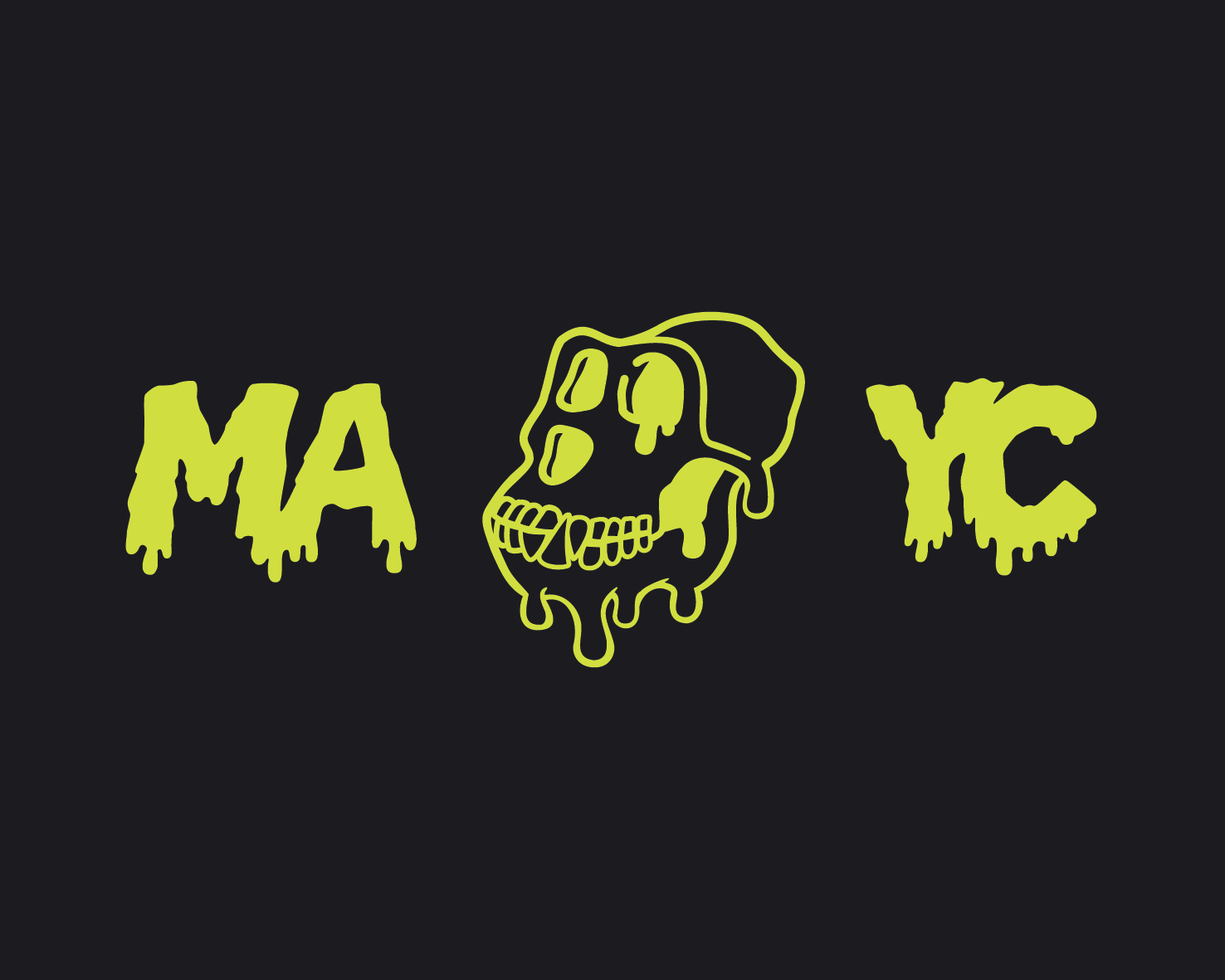When I first looked at Bored Ape Yacht Club it was two days after minting, and I remember thinking, hmmmm – 0.35ETH for a JPEG of an ape, not sure that makes any sense. Then I joined the Discord, saw the activity, noticed people were changing their profile pictures on Twitter, and FOMO set in. Had I missed the boat? Was I too late?
Without doing any research I just jumped in and bought this ape who I lovingly call, for obvious reasons, Captain Morgan. It’s still pretty wild to me that I paid 0.4455 ETH for Captain Morgan and now I’m ignoring $104,000 offers, but that’s how much the world has changed since May.

When I bought my first ape I picked him based on his Token ID, 566. My thinking was, the lower the token idea, the more valuable the NFT will be. I was wrong. The Token ID has absolutely nothing to do with rarity, and while I love Captain Morgan, he’s not that rare, he’s clocks in at 7,100/10,000.
Shortly after I bought my first ape I learned about Rarity.Tools, and completely changed how I looked at NFTs and also launched my interest in studying and analyzing traits. It became a bit of an obsession and before I knew it I was studying ape after ape, trying to understand what traits were rare and valuable vs. which were rare but not as valuable, which might sound confusing but is an important distinction to make.
If you’re just getting started with NFTs, I spending a lot of time on Rarity.Tools studying rarity traits – you really want to get to a point where you can see an NFT and immediately identify the traits and rarity. With Bored Apes I used to quiz myself once I felt like I had a good handle on traits and rarity. I would pull up a Bored Ape and guess what the top three most-rare traits were.
Then I started to go deeper and began looking at the floor price for traits. You can actually sort traits by highest floor on Rarity.Tools, here’s an example:

As you can see with Captain Morgan, the Work Vest is both the rarest trait and the trait with the highest floor sitting at 42ETH. Like I said above, it’s important to note that some traits can be less rare but more valuable, and you can see that with the “Mouth – Bored Unshaven” which is far from the second most rare trait but has the second highest floor.
A mistake I think people make when they’re getting started with NFTs is to look at something like the Sea Captain’s Hat, which I love, and is technically my second rarest trait for this guy, but is the 5th most valuable trait based on the floor price.
But there’s a complexity that’s important to note here, and something that I think makes NFTs so darn interesting as an asset class. The floor of traits changes over time. Let’s say Christie’s does a Bored Ape auction and includes an ape with a Sea Captain’s Hat, this trait could pop and suddenly move to the top with a higher floor than the Work Vest. This is why it’s so important to stay on top of the projects you’re involved in or looking at being involved in, studying the traits, and paying attention to things that could move one trait or hurt another.
This brings me to my last lesson learned, rare traits that can potentially hurt the value of an NFT. There are some traits that are rare but that people in general consider ugly or undesirable. A good example of this in Bored Apes is the “Eyes – Coins” trait. I’m sorry to pick on this guy below and I hope the owner doesn’t hate me after this but the reality is, this ape would be a lot more valuable if it had normal eyes. As you can see, by actual rarity, only 479 out of 10,000 apes have coins over their eyes, so it’s a lot more rare than things like Blue Background or Brown Fur, but when you sort by “Highest Floor” on Rarity.Tools you can see that it just doesn’t carry as much value.

You’ll want to look out for traits like this and know the impact they could have on the overall value of the NFT. I’m not saying this ape is worthless, heck, it’s an $100,000+ NFT, so it’s still damn valuable, but if he had normal eyes, he’d be worth a lot more.
Well as you can tell, I could go on and on about this but I’ll leave it at that for now. As a quick review – I can’t emphasize enough how important it is to really understand a project, study the rarity traits, and really understand what you’re buying. Like any investment, the more DD you do before you buy, the better chance you’ll have of getting an asset that continues to appreciate over time.
Also, last but not least, remember, these are still the early days and anything can happen here. Do not mortgage your house, take out credit card debt, or put money that you actually need into NFTs. You’ll need to be okay if all your NFTs go to zero some day because that could happen. Thanks for reading and happy trait studying! 🕺
Disclaimer:The above references an opinion and is for information purposes only. It is not intended to be investment advice. Seek a duly licensed professional for investment advice.




